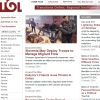
Around the Bloc: Uzbek Female Mullahs Make Comeback
Uzbekistan is one of the few Muslim countries where female Islamic teachers, known as otins, play an important religious role.
More...We kindly inform you that, as long as the subject affiliation of our 300.000+ articles is in progress, you might get unsufficient or no results on your third level or second level search. In this case, please broaden your search criteria.

Uzbekistan is one of the few Muslim countries where female Islamic teachers, known as otins, play an important religious role.
More...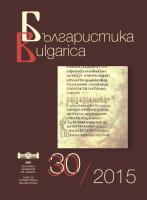
Arrest may lead to more scrutiny of Tehran’s alleged financial support for Balkan Muslim groups.
More...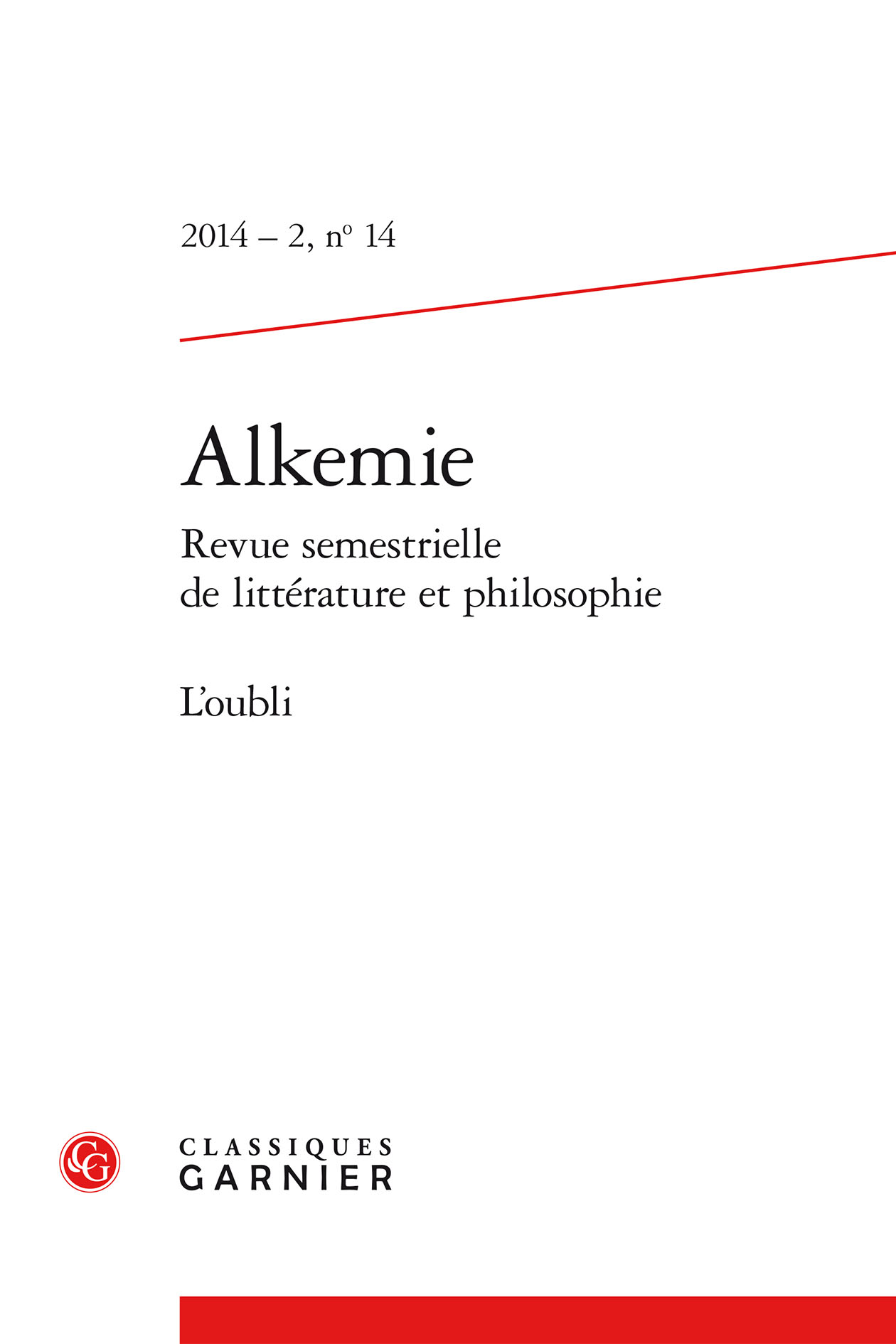
« Nous ne voulons pas que notre histoire soit oubliée ! » » Ceci résume bien les motivations d’un bon nombre d’écrivains juifs francophones originaires des pays arabes. Or pendant longtemps, l’oubli menaçait d’une seconde disparition la civilisation séfarade. Aujourd’hui pourtant, cette mémoire resurgit comme jamais. “We don’t want our story to be forgotten !” This statement sums up the motivations of many French-speaking Jewish writers from Arab nations. For a long time, loss of memory threatened to make Sephardic civilisation disappear for a second time. Today,however, these memories are flourishing like never before. Keywords : Forgetting, silence, Sephardic memory, literature, Sephardic history Giovanni Rotiroti, « Perspectives psychanalytiques du regard : Gherasim
More...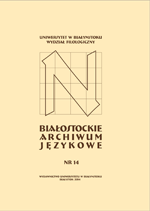
Analysis of descriptions of the Saints and characteristics of their appearance includes a number of problem areas: a linguistic portrait, linguistic and nonlinguistic ways of describing the Saint and a problem of the body in culture. The paper concentrates on the means of describing the hand – a part of the body of Saint John of Damascus, which was a source of suffering and divine healing. A linguistic comparison of Saint John of Damascus’ history in Четьи Минеи св. Димитрия Ростовского (1689–1705) and Lives of the Saints of Old and New Order by priest P. Skarga shows that short description as the main feature of religious literature, explicit and implicit mentioning about the hand, both direct and descriptive one, take on significant meaning. A detailed analysis of the words used in both texts shows an important extension of the semantic field, relevant for the expression of religious meanings.
More...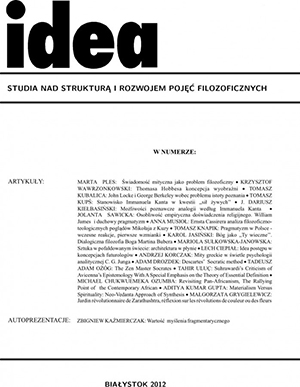
Number 666 in the history was connected with power: first that of the emperor, then that of the church, and in the 20th century with that of presidents, nazis, secretaries of communist parties, and global capitalistists. It was connected with Akkadian state, Roman Empire, Catholic Church, and in the end with global corporations. Power as tied with profit, was always seen by its critics as something demonic. History of interpretation of the number 666 shows that its essence is changing: from power (in antiquity) through religion (medieval times) to money (modern times).
More...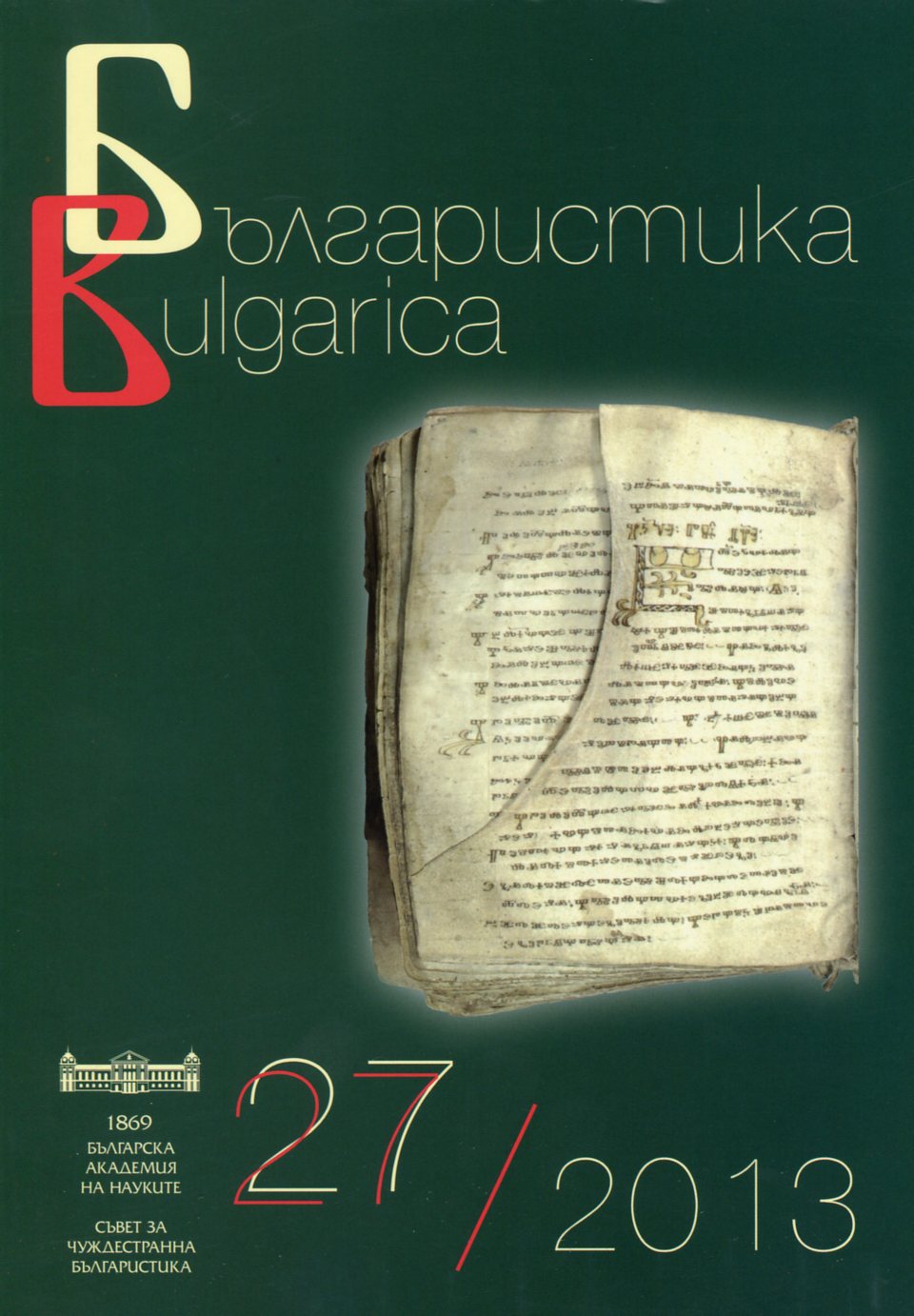
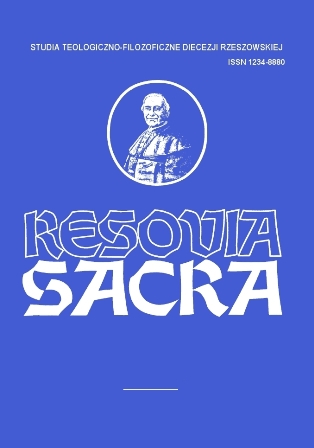
The paper describes the basis of the Rule of Benedict of Nursia (d. 547) datascape environment present in the community of monks living in the monastery and the ways of acquiring information. The primary source of information for them was another man, especially a monk, and contact with the laity much they confine.Important information for them was verbal, which is transmitted by word and non-verbal information, transmitted gesture and posture. They used the word only in exceptional circumstances and with dignity. Also conveyed his command charged with words, but Cenobites were obliged to listen to him in silence. If you need anything, it’s more likely to be expressed by the movements of the body. Information plays an important role in the educational process, which is facilitated by the introduction of the discipline in the monastery. Abbots used the information for teaching and imparting knowledge, but the monks did not take an active role, but rather passively absorb everything supervisor told them. In exceptional cases, they can express their views, such as the common meeting. Monks depend primarily on the spiritual peace, hence they try to create the environment around them organized. Disinformation in them did not exist, because often they read the Rule and thus keep gaining knowledge about behavior. They knew so well their duties and rights and follow the top-down schedule.
More...
Książę Augustyn Golicyn spędził większość swego życia we Francji, gdzie zajmował się intensywnie publikacją źródeł historycznych dotyczących głównie historii Rosji. Publikował również prace na temat katolicyzmu i jego roli w historii Rosji oraz możliwości, jakie katolicyzm otwierał dla jej przyszłości – czym kontynuował dyskusję otwartą przez Iwana Gagarina. W tej dyskusji Golicyn skoncentrował się na trzech problemach dzielących katolicyzm i prawosławie, a mianowicie: pochodzeniu Ducha Świętego, istnieniu czyśćca oraz prymatu papieskiego. Golicyn podkreślał, że wolność Kościoła w Rosji, będącego wówczas w pełni zależnym od władzy cesarskiej, możliwa jest jedynie po połączeniu się z Kościołem katolickim.
More...
After World War II at the Theological Faculty of Jagiellonian University in Cracow the dissertations in the area of the Holy Scripture were written by thirty two priests. Dissertations connected with the Bible were written at the seminar of Biblical Study of the Old Testament and at the seminar of Biblical Science of the New Testament. The priests wrote them under the guidance of the following lecturers: rev. Józef Kaczmarczyk, rev. Aleksy Klawek, rev. Władysław Smereka and rev. Piotr Stach. Twelve theses concerned issuses connected with the Old Testament, nineteen with the New Testament. One dissertation had both the Old and the New Testament connections. Most of papers were the translations from original languages with the comments of some parts of the Bible.Some of the priests with doctorates were employed at the theological departments of Polish universities and in seminaries. Doctors promoted by Theological Faculty of Jagiellonion University had great impact on the development of biblical thought and popularization of the Holy Scripture among the faithful in Poland in the second half of XX century.
More...![„PARAFIA W PRAWIE KANONICZNYM I W PRAWIE POLSKIM”, REDAKCJA SŁAWOJ LESZEK GŁÓDŹ, JÓZEF KRUKOWSKI, MIROSŁAW SITARZ, LUBLIN [2013], TNKUL, s. 293, ISBN 978-83-7306-616-8](/api/image/getissuecoverimage?id=picture_2014_26058.jpg)
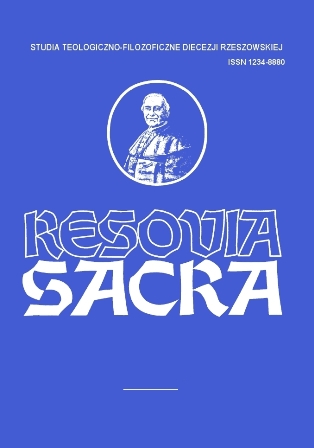
The paper deals with one of the crucial places on the map of salvation geography (Heilsgeographie), namely Bethlehem. Starting with a discussion of the etymology of the city’s name, both in Biblical Hebrew (house of bread) and in ancient Akkadian cuneiform script (house of [the goddess] Lahmu/ Lakhamu), the study then analyses all of the Old Testament references (with a special focus on the oracle of Micah 5:1) and New Testament references to Bethlehem. An overview of the economic and demographic situation of the Judean small towns and villages like Bethlehem during the Herodian era supplements the analysis. There is also an attempt to dispel the false conflict regarding a proper understanding of the locus of Jesus’ birth: stable presumed from the biblical data (cf. manger) versus cave attested in patristic writings and suggested by archeological survey of the area. The exact meaning of the Lucan term katalyma, meaning living space/room and not inn (as widely followed by modern translations of the NT), is also discussed, along with a brief overview of scholarly explanations as to reasons for the lack of room in the katalyma. The study ends with a note on the history of Bethlehem in the Roman and Byzantine periods, focusing on the traditional spot of Jesus’ birth as it was transformed into a pagan, and later Christian, place of cult.
More...
In this article the author points out the issue of silence in the process of communication. To achieve this goal he first presents the process of communication and then points to the role of silence in this process. Next he discusses the significance of silence in modern concepts of social media and how it relates to the fundamental goal of communication: to serve humanity. Finally, the author points to the fact of misuse or manipulation of silence in the process of communication.The author drew inspiration from the teaching of Pope Benedict XVI, especially The Message for the 46th World Communications Day, 2012: Silen- ce and Word: Path of Evangelization.
More...
Practical attitude towards gaining knowledge to change in the eighteenth century philosophy combined with radical quest for elimination of supernatural phenomena but primarily Christian virtues became a reason for revival and development of materialism as far as the view of reality and human person is concerned. Empirical-rational approach in science and hostile attitude towards Christianity can be related to French and English Enlightenment philosophers but not Polish.Polish Enlightenment philosophers were able to combine contemporary science fascination and philosophical thinking with earnest ecclesiasticism. This was evidenced by the fact that several outstanding Polish Enlightenment exponents such as Hugo Kołłątaj, Stanisław Konarski or Stanisław Staszic were faithful Catholic priests. Hugo Kołłątaj, as a writer and social activist, belongs to the group of well-known and prominent figures in the history of Poland. A large number of works were written about him. It is worth underlying that Kołłątaj was one of the thinkers who during the Enlightenment showed exceptional interest in human person problems. Not only his social and political activity but also scientific and literary work were inspired by the quest for the good of a human being and by the pursuit to discover the truth of human being existence.This thesis is an attempt to show Hugo Kołłątaj, one of the leading of Polish Enlightenment exponents. His political, social and educational activity didnt restrain him from reaching his aims which resulted from the fact that he was a Catholic priest. His 200th death anniversary in 2012 is reason enough to present his life and his activity in many fields.
More...
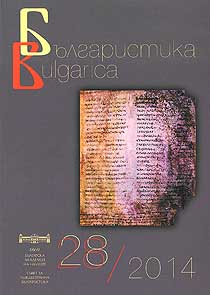
Data about scientific events in the field of the humanities in Bulgaria in 2014
More...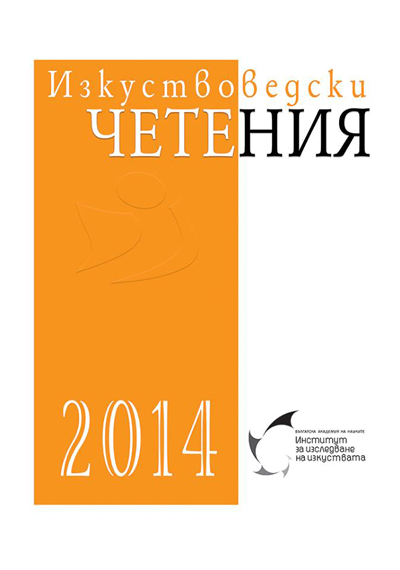
This paper deals with the year when Liturgy for Mixed Choir by Apostol Nikolaev-Strumski was published. Was it published in 1926, as it is widely believed now, or was it in the early 1930s? Was the Liturgy republished? Did it change its significance to the historical context of Bulgarian music, quite different in the 1920s and the 1930s? This question is relevant for three reasons: first, for the sake of scholarly striving for precise information; second, in view of a more accurate timeline of the events in Strumski’s life, both biographically and creatively; third, due to the desire to trace the path of Apostol Nikolaev- Strumski’s most significant work.
More...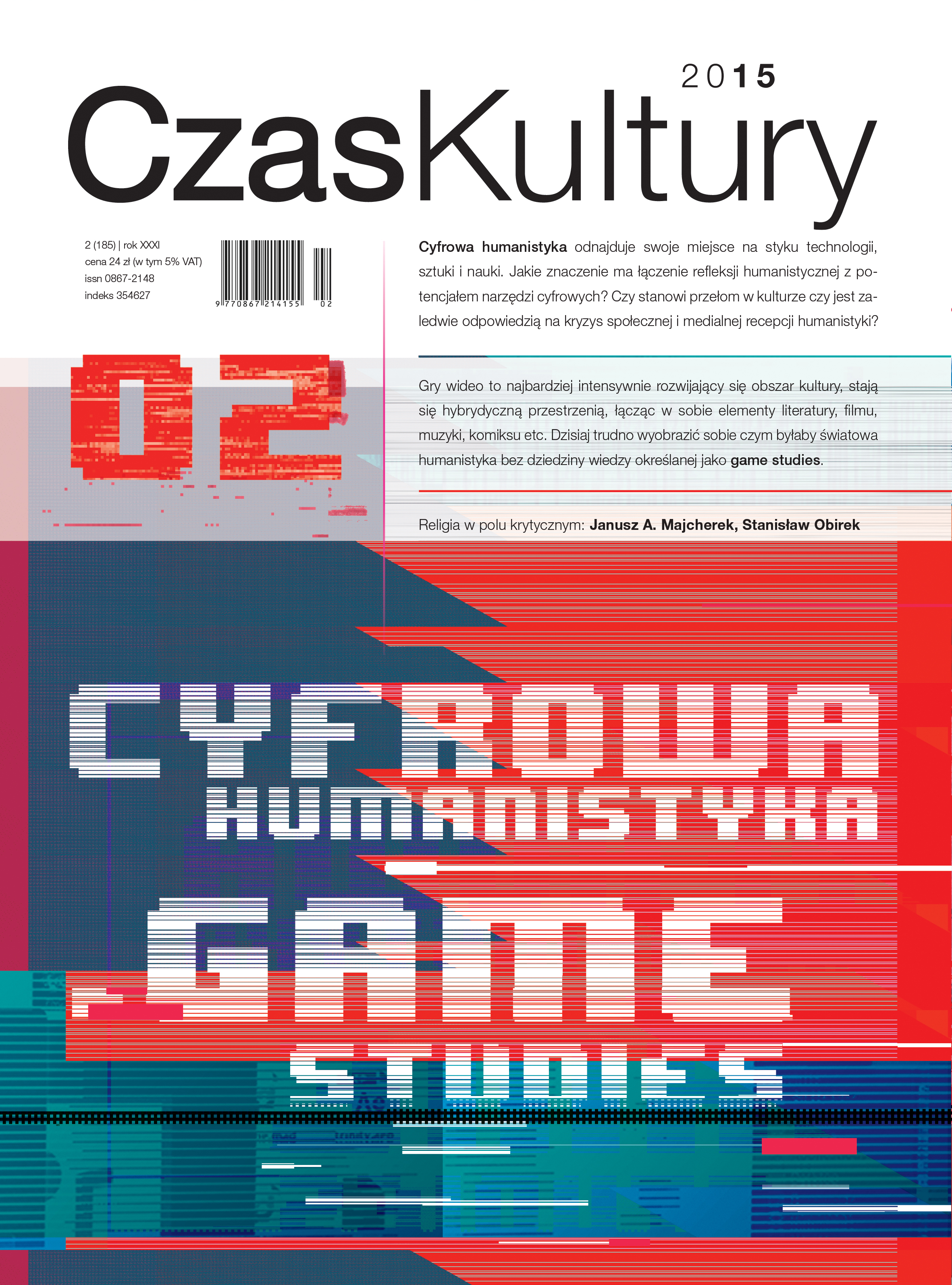
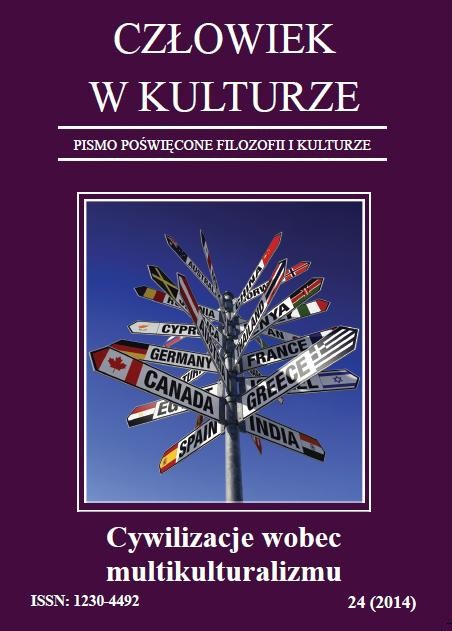
In the introduction, the author notes that culture includes a variety of religions and philosophies, traditions, languages , literature, performing arts (such as music, dance, theater), visual arts (such as painting, sculpture, architecture), recreation and sports, clothes, kitchen media (eg. newspapers, radio, television and film), festivals, folk art, etiquette and customs, worldviews, approach to life, attitudes, values, etc. He says that India is a country of great diversity. It is the cradle of many religions, cultures and languages. Given such diversity, the author asks the question, how can we identify some of the characteristics of Indian culture? In his speech focuses on the religion of the majority, namely Hinduism, as well as several other Indian and Asian religions, which have many of the same religion in common. In the first part the author mentions some important characteristics of Indian culture, including positive and negative features. Then discusses four very important for Indian culture principles, namely the Principle of Incarnation, the Principle of Resurrection, the Principle of Altruistic Service, and the Principle of Universality. In conclusions, referring to the words of Pope Paul VI, who in the Encyclical Evangelii Nuntiandi wrote that “The Gospel, and therefore evangelization, are certainly not identical with culture, and they are independent in regard to all cultures”, the author says that the Gospel is the Christ Event, and in this sense the Gospel transcends all cultures.
More...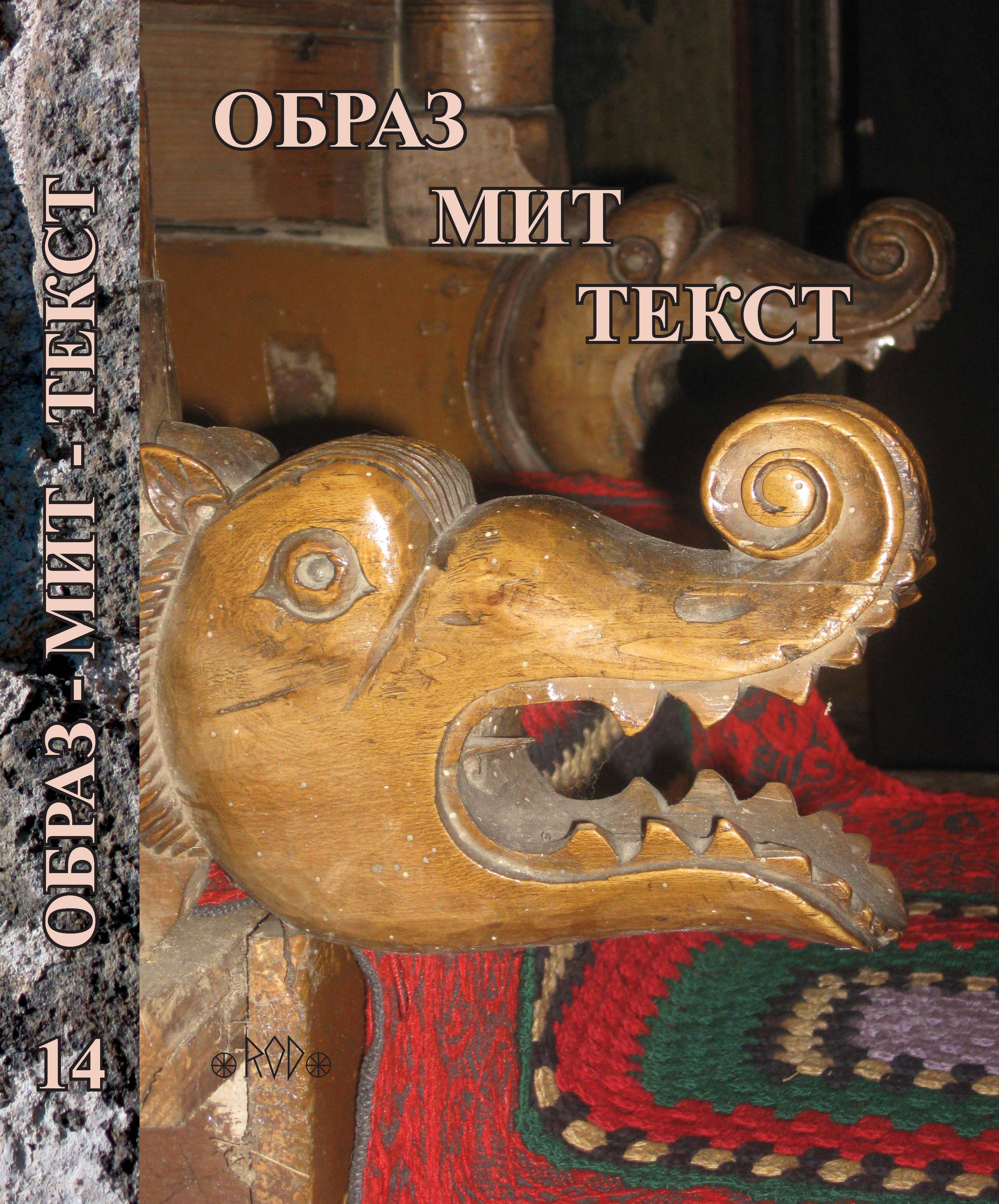
This paper is dedicated to the image of St. Reverend Mary-Marin (12.2.), who lived in the early sixth century in Vitinia, Asia Minor. Her saint life was published in the Proceedings of the 14th century. Content selected with extensive saint lives for all year, extracted from menaia and other collections, impaired calendar order. The main focus of research is on travestied incarnations of the venerable and on her abilities through silence and her gestures. It used a semiotic approach, since the image of the saint woman, the motives and the subject line of travestied changing early hagiographic literature is commonplace in the genre of hagiography. Also has given a parallel with the other saint women, dress like men.
More...